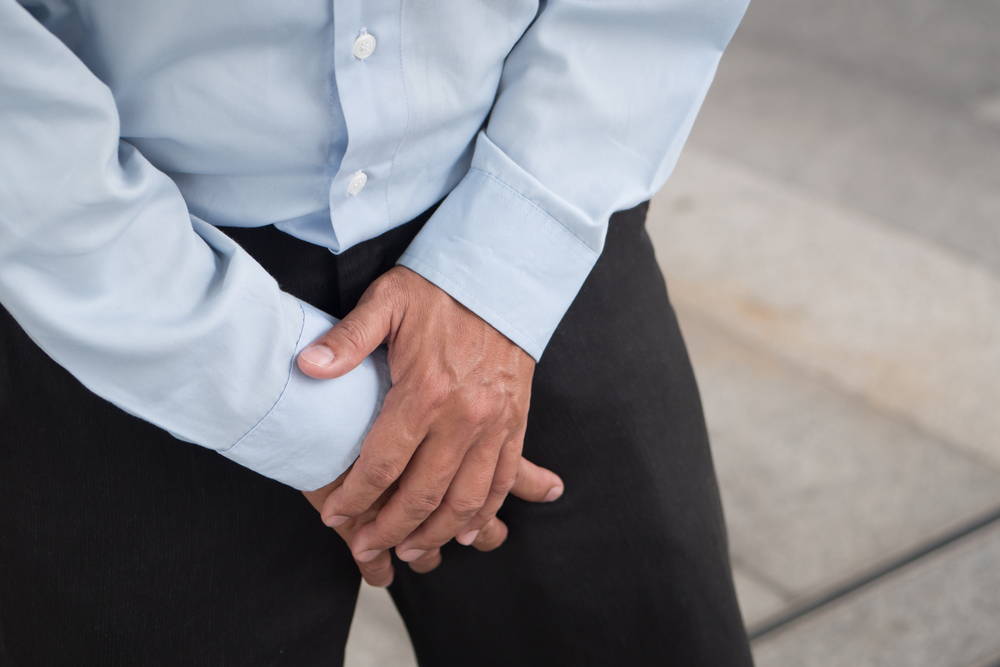Summary: Do you suffer from incontinence? Here are the myths, the facts, and the things you can do to carry on with a normal life.
As with a lot of medical conditions, there are a lot of myths out there about incontinence—like who is affected by it, what causes about it, and what it says about the person who is suffering from it. Unfortunately, it’s myths like these that can interfere with a person’s ability to be treated properly. So, let’s take down some of these myths and replace them with the facts and solutions that can actually get people the help they need to deal with their incontinence issues.
Myth #1: Urinary incontinence only affects women.
While it may be more commonly experienced among women, urinary incontinence is not gender exclusive. Men, women, and transgendered people can all suffer from incontinence.
Myth #2: It’s a normal part of aging.
Incorrect. While urinary incontinence is a symptom, it isn’t merely a symptom of getting older. There are a number of different types of incontinence, and each has its own typical causes:
- Stress incontinence occurs when you put pressure on your bladder, like when you laugh, cough, sneeze, or lift something heavy.
- Urge incontinence follows a sudden, intense urge to urinate, and it is often caused by a range of conditions, from something as minor as an infection to a neurological disorder.
- Overflow incontinence occurs when your bladder doesn’t empty completely, causing you to frequently or constantly dribble urine.
- Functional incontinence occurs when a physical or mental impairment (including arthritis or an injury) prevents you from making it to the washroom in time.
- Mixed incontinence means you experience more than one kind of urinary incontinence.
Myth #3: Pregnancy causes incontinence.
While there are connections between childbirth and incontinence—particularly in the immediate weeks following birth—it isn’t true that childbearing while you are young will cause you to develop urinary incontinence as you age. Urinary incontinence can impact women regardless of childbirth, and while the hormone fluctuations, muscle strain, and (let’s face it) outright damage that childbirth causes may be an immediate factor, it is not a consistent contributor to the spectrum of types of urinary incontinence.
Myth #4: Drinking less fluid will prevent urinary incontinence.
This is one of the most dangerous myths out there. Limiting fluid intake will not only severely impair physical health, but it can actually lead to bladder capacity issues and concentrated urine, which can irritate the bladder and make urinary incontinence worse. Drinking the proper amounts of fluids is essential for your body to recover from the underlying issues that could be causing urinary incontinence, and to maintain overall health.
Myth #5: Nothing can be done about urinary incontinence.
False! There is so much that can be done to help individuals who are suffering from urinary incontinence. As mentioned above, incontinence is a symptom; it isn’t a disease unto itself. The most important first step is to contact your doctor for an assessment. Once they determine the type of incontinence you are dealing with, they can start to look into the underlying causes and treatments. For instance, your urge incontinence may be caused by an infection, which can and should be treated, or by a condition like diabetes, for which treatments are also available to help combat the symptoms.
Stress incontinence may be caused by a hormone imbalance or an issue with your prostate, and some types of urinary incontinence are actually caused by reactions to certain foods, alcohol, caffeine, carbonated drinks, artificial sweeteners, chocolate, and chili peppers being common culprits. Some medications, like heart and blood pressure medications, can also lead to side effects that include urinary incontinence.
Getting assessed can help you identify the causes that can be removed from your lifestyle, but it can also introduce you to other treatment options, like exercises, medications, new technologies, and surgeries. Further, lifestyle modifications can go a long way to help—like making the washroom more easily accessible or removing difficult-to-remove clothing from the wardrobes of those with arthritis.
You can also purchase incontinence items that will keep you feeling confident and clean.
While you are determining the best treatment option, or as a safeguard at any point, choose Kleinert’s line of Incontinence Products For Men and Incontinence Products For Women to ensure any incontinence issues you may have aren’t getting in the way of the lifestyle you want to lead.

